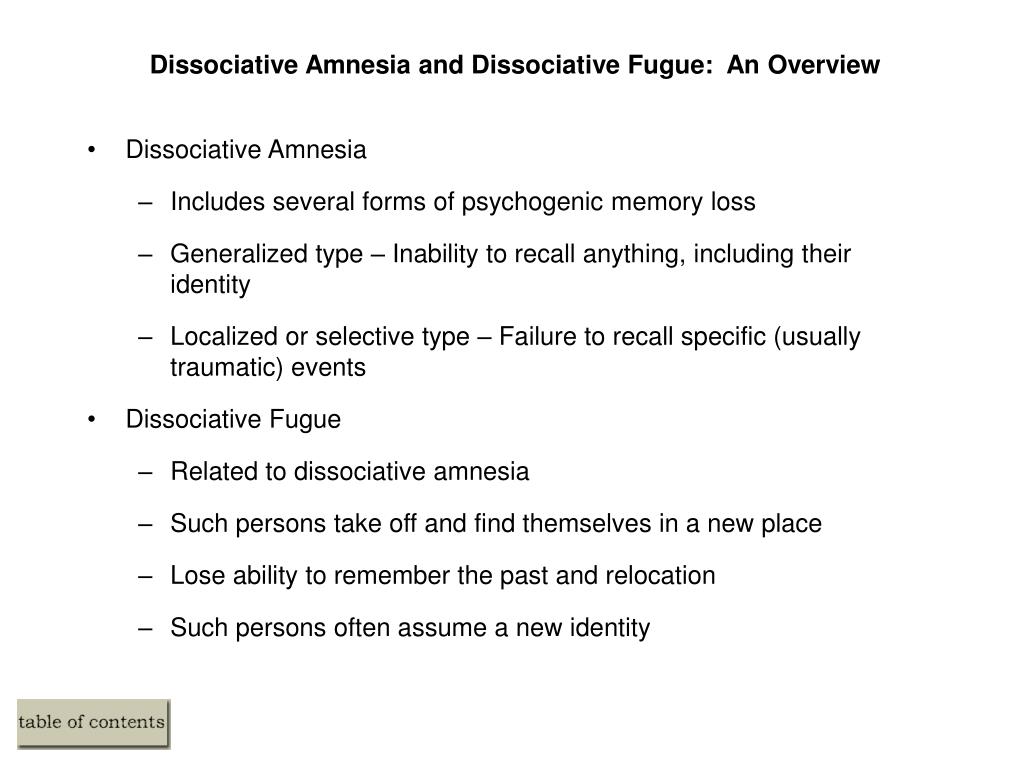

For example in the prison experiment participants were pressurised to stay and were made to apply for the right to leave, and in Milgram’s research the four prods made it seem as though they had to continue with the study. However, whilst these effects are distressing for the participants at the time the cost benefit analysis of what was gained from this research might argue that the harm was worth it for what we learnt about the dangers of taking on these social roles, which was used in the investigations of the Abu Ghraib solders and the dangers of blind obedience to authority and the fact this was not isolated to Nazi Germany.įinally social influence research has been criticised for lacking a right to withdraw with participants not always aware of their right to leave. For example in both Zimbardo and Milgram’s research the participants learned that they were capable of harming another human being, in addition some of the prisoners in the Stanford prison experiment suffered severe distress – being humiliated and exhibiting psychosomatic illnesses. Social Influence research has also been criticised for the lack of protection for its participants. However these levels of deception are necessary in social influence research as telling the participants that your will be studying their levels of conformity to a social group, or their levels of obedience would result in demand characteristics and invalidate the results obtained. For example in Asch’s study on majority influence participants were told they were taking part in a test of visual perception and in Milgram’s research into obedience they were told it was a study into the effects of punishment on learning. Social influence research has issues with the deception of its participants which leads to a further issue of a lack of informed consent to take part.

This then results in social crypto amnesia where people don’t remember that it was ever acceptable to smoke in public places and that it was fashionable. This acts as a snowball, slowly gathering members until there becomes a tipping point and the minority becomes the majority and uses the social pressure of normative social influence such as young people today who are more concerned with health than smoking and frown on peers who smoke. This makes the majority listen and take the message seriously, making them internalise the message. Finally a degree of flexibility is useful such as asking people to cut back, use nicotine patches or not smoke in public places first. In addition this research showed that demonstrating a commitment to the message by putting yourself at risk in some way (augmentation principle) also helps to convince the majority to listen to the message, for example with strikes demonstrations. This could be done, for example, by keeping to the message of the harmful effects on the body. This might involve the formation of anti-smoking pressure groups which research by Moscovici has shown would need consistency in their message to be successful as he demonstrated that it was possible for a minority of confederates to influence a majority of naïve participants to believe slides were a different colour. This involves using internalisation to convince individuals of their beliefs using informational influence and people’s desires to be correct. However as a minority of individuals began to understand the harmful effects and used minority influence processes to enact social change. This meant that young people would be influenced by normative social influence to smoke or risk rejection from the group. In 1987 not as much was known about the harmful effects of smoking and therefore the group norm was to smoke as it was fashionable. This is similar to Milgram who fund that a disobedient ally who refused to continue decreased levels of obedience. Asch’s research demonstrated that when there is a dissenter in the group who supported the naïve participant and disagreed with the majority levels of conformity went down. They are also less likely to demonstrate normative social influence as they are less influenced by what others think.Īnother explanation for the resistance to social influence is social support. When individuals have an internal locus of control they are less likely to blindly obey authority figures as they are less likely to make the shift to agentic state because they believe they are responsible for their actions. One explanation for the resistance to social influence is locus of control. Here are some example answers to the written Paper 1 questions on Social Influence in the 2019 AQA exams.


 0 kommentar(er)
0 kommentar(er)
